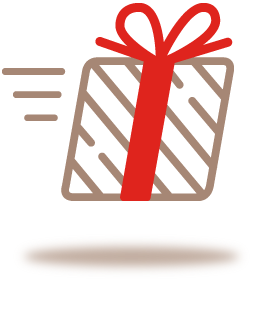
Acne is an inflammatory pathology that can affect 80% of the population at some point in their lives, with a peak incidence between 17 and 19 years old. Its signs are different skin lesions, usually on the face, which correspond to papules, pustules and pimples; and in the most serious cases with nodules, cysts and scars.
Its origin can have one or several of the following causes, hence the difficulty to eradicate it:
- By hereditary component.
- Hormonal, due to the stimulation of the secretion of sebaceous glands.
- By infection by a bacterium called Propionibacterium Acnes, which belongs to the natural flora of the skin.
- By abnormal peeling of the skin that covers the pore and does not allow inflammation to resolve.
Types of acne
- Pimple, for excessive use of creams and greasy makeup.
- Pustulous papule, which corresponds to mild or moderate acne.
- Cystic nodule, would be the most serious type.
- Adult woman acne: It is located in the jaw area and normally the hormones in the blood analysis have normal values (although we must rule out hyperandrogenism and polycystic ovarian syndrome).

Factors that may influence
In summer the sun and sea water, having an anti-inflammatory effect, can offer improvement in inflammation but sometimes a subsequent regrowth appears due to the use of greasy sunscreens and the skin's defence against the sun causing a thickening that can worsen inflammation.
Regarding diet, the only scientific-based aspect determines that foods with a high glycemic index (such as sugar) and dairy products can overstimulate the sebaceous glands and worsen acne.
For makeup and cosmetics do NOT worsen the pathology they must be oil free and noncomedogenic.
Treatments for acne
- For external use: Consists of gels and soaps to clean the sebum; and in keratolytics and exfoliants to peel the skin and reduce the number of bacteria. They can be combined with antibiotics.
- For oral use: It is based on antibiotics, isotretinoin (the famous Roacutan) or hormonal in cases of hyperandrogenism.
Scars treatments
They should be performed in the non-active phase of acne and there are different options:
- Chemical peelings: The most commonly used on a superficial level are glycolic or salicylic, there is also the option of medium peels (TCA) or deep (phenol) much more aggressive.
- Ablative or non-ablative fractionated laser: It can be performed more or less aggressively and the number of sessions needed must be assessed.
- Biophotonic therapy: It has anti-inflammatory effect and it is an alternative to Isotretinoin, it is painless and has no side effects.
- Platelet-rich plasma (PRP): To stimulate skin collagen and regenerate.
You can see that there are several reasons that can cause acne and although it is a complex condition and difficult to eradicate, at Clínica Áureo we encourage you to ask for an appointment with our Dermatologist. We will try to find a definitive solution to your case or, if not, an improvement that allows you to forget about this problem and recover the best version of you.
Dra. Marta Cantarero
Dermatologist







